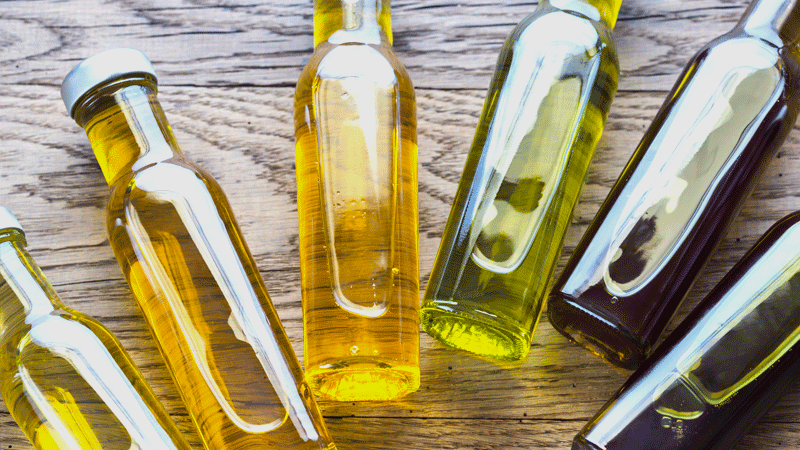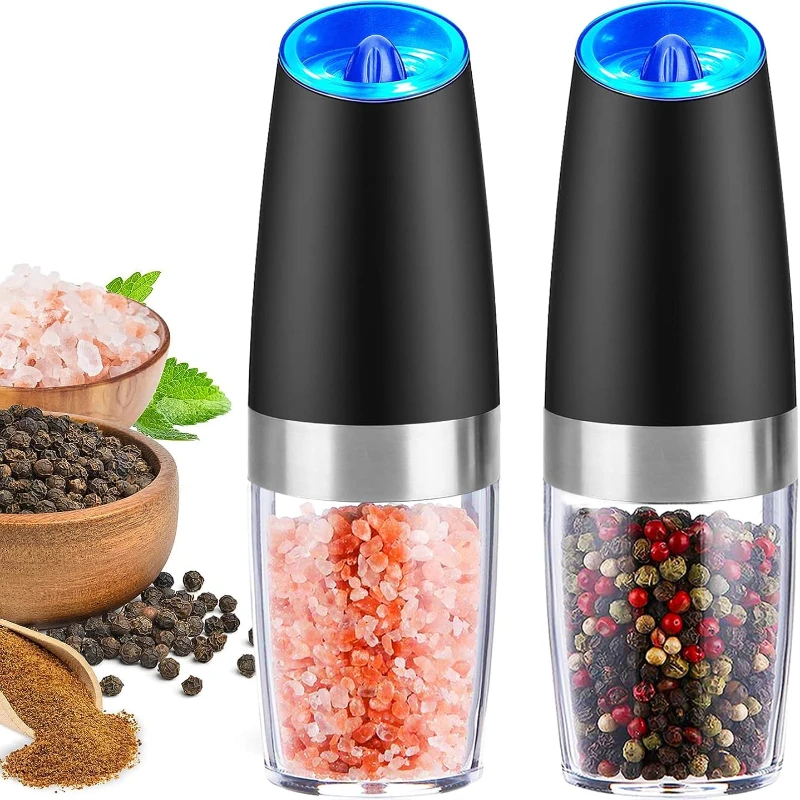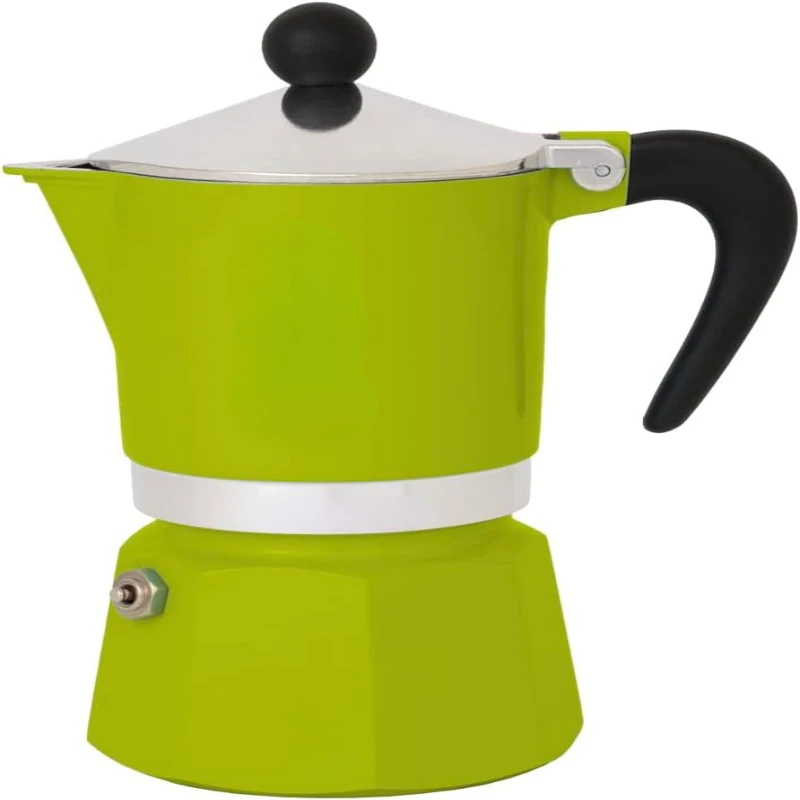Delve into the realm of culinary mastery with our comprehensive guide on cooking oils. Discover the significance of smoke points and learn how to select the perfect oil for every culinary endeavor, from high-heat frying to delicate sautéing. Elevate your cooking game and achieve unparalleled flavor and health benefits with informed oil choices.
Navigating the expansive array of cooking oils and discerning their smoke points need not be a daunting task reserved for food aficionados. This comprehensive guide unveils the crucial aspects to consider when selecting and utilizing these indispensable pantry staples.
"Unlock the secrets of culinary perfection with our expert guide on cooking oils. Explore the nuanced world of smoke points and revolutionize your cooking techniques. From mastering high-heat frying to delicately sautéing, elevate your dishes with the right oil selection. Transform your culinary endeavors and savor the fusion of flavor and health benefits."
Understanding Smoke Points
Smoke points, also referred to as flash points, denote the temperature threshold at which an oil initiates smoking and oxidative processes. While lighter-hued oils typically boast higher smoke points, additional factors such as quality, age, and refinement level play pivotal roles in determining this attribute.

The Importance of Smoke Points
Beyond imparting undesirable burnt flavors, the onset of smoking signifies the degradation of oil, releasing harmful compounds and altering its taste profile. Acrolein, a byproduct of overheated oil, lends a bitter taste and jeopardizes culinary outcomes. Moreover, exceeding the smoke point fosters the formation of detrimental substances associated with various health concerns.
Selecting the Optimal Oil
The key to achieving both culinary excellence and health-conscious cooking lies in judiciously choosing the appropriate oil. Opting for a premium extra-virgin variant for high-temperature applications may result in subpar outcomes and unnecessary expenses. Conversely, employing oils like safflower or avocado for frying ensures favorable results.
Additional Determinants of Smoke Points
External factors such as exposure to heat, light, and air significantly diminish oil quality, thereby reducing smoke points. Storing oils in opaque, sealed containers away from direct heat sources preserves their integrity. Furthermore, the refinement process impacts smoke points, with unrefined oils boasting distinct flavors and nutritional benefits, albeit at the cost of lower smoke points and shorter shelf lives.
Tailoring Oil Selection to Culinary Needs
To streamline culinary endeavors, it's imperative to match oil varieties with specific cooking methods. Whether searing, roasting, or drizzling, each oil offers unique attributes conducive to diverse culinary applications.
- Avocado Oil: With a smoke point of 520°F, ideal for high-heat cooking and imparting a subtle, buttery flavor.
- Canola Oil: A versatile option at approximately 400°F, suitable for deep-frying owing to its neutral taste profile.
- Coconut Oil: With a smoke point of 350°F, excels in baking and sautéing, lending a distinct coconut flavor.
- Extra-Virgin Olive Oil: At 325°F, best utilized for sautéing and finishing dishes, presenting a spectrum of grassy, fruity, or bitter notes.
- Grapeseed Oil: Boasting a smoke point of about 420°F, well-suited for stir-fries and sautés with its neutral taste.
- Light/Refined Olive Oil: Offering a smoke point of 465°F, preferable for high-heat cooking while maintaining neutrality in taste.
- Peanut Oil: With a smoke point of 450°F, a favored choice for deep-frying and enhancing Asian cuisines with its nutty essence.
- Safflower Oil: Ranging from 450-510°F, an excellent option for high-heat cooking applications.
- Sesame Oil (untoasted): With a smoke point of 350-410°F, lends itself well to moderate-heat cooking methods.
- Sunflower Oil: Boasting a smoke point of 450°F, versatile for deep-frying, grilling, and stir-frying endeavors.
By aligning oil selection with culinary exigencies and understanding the nuances of smoke points, enthusiasts can elevate their cooking prowess while ensuring optimal health and flavor outcomes.








